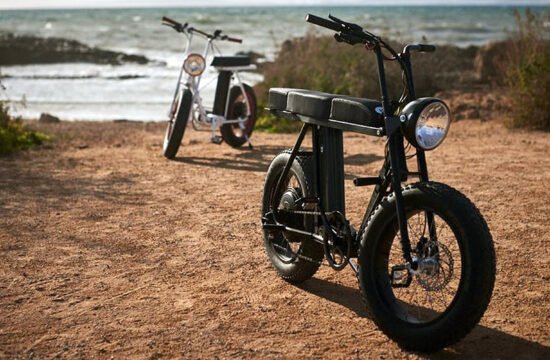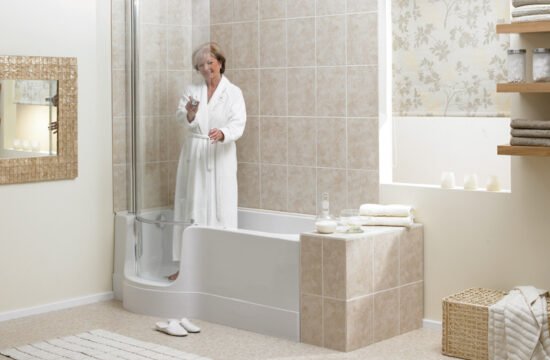Seats play a crucial role in our daily lives, providing comfort, support, and functionality in various settings. Whether in a car, office, home, or stadium, the right seat enhances posture, reduces fatigue, and contributes to overall well-being. Poorly designed seats can lead to discomfort, back pain, and long-term health issues, making it essential to choose wisely.
Different Uses of Seats in Everyday Life
Seats are designed for different purposes, each catering to specific needs. Car seats ensure safety and comfort while driving, office chairs improve productivity, and home furniture seats offer relaxation. Additionally, stadium and outdoor seats provide convenience for spectators. Understanding these variations helps in selecting the most suitable seat for any situation.
Types of Seats
Car Seats
Car seats are built for comfort, safety, and durability. They include standard seats, sports seats, and luxury options with heating and cooling features. Child car seats offer additional protection for young passengers, ensuring their safety on the road.
Office Chairs
Office chairs are designed to support long hours of sitting. Ergonomic chairs with lumbar support, adjustable armrests, and breathable materials help prevent back pain and improve posture. Choosing the right office chair enhances work efficiency and overall health.
Home Furniture Seats
Home furniture includes sofas, recliners, dining chairs, and lounge chairs. Each type serves different purposes, from relaxation to dining comfort. Materials like leather, fabric, and memory foam affect durability and user experience.
Stadium and Outdoor Seats
Stadium seats provide comfort during sports events and concerts. They are made from weather-resistant materials to withstand outdoor conditions. Portable camping chairs and garden seats also fall into this category, offering convenience and relaxation in outdoor settings.
Key Features to Look for in Seats
Comfort and Ergonomics
Comfort is a primary factor when choosing a seat. Ergonomically designed seats reduce strain on the back and neck, improving overall posture. Features like cushioning, lumbar support, and reclining options contribute to a better sitting experience.
Durability and Material Quality
The longevity of a seat depends on the quality of materials used. Leather and high-quality fabric offer durability, while metal and wooden frames provide structural support. Checking for sturdy construction ensures a long-lasting investment.
Adjustability and Customization
Seats with adjustable features cater to different body types and preferences. Adjustable height, reclining mechanisms, and armrests improve user experience. Customizable options, such as removable cushions and replaceable covers, enhance functionality.
Choosing the Right Seats for Different Purposes
Best Seats for Long Drives
For long drives, car seats with lumbar support, cushioning, and heating options provide optimal comfort. Memory foam cushions and adjustable headrests prevent fatigue, ensuring a smooth journey.
Ideal Office Chairs for Productivity
Office chairs should support long hours of work. A chair with adjustable height, lumbar support, and breathable mesh backing reduces discomfort. Swivel and rolling features enhance mobility, increasing work efficiency.
Comfortable Home Seating Options
For home seating, comfort and aesthetics matter. Recliners with plush cushioning and sofas with deep seating offer relaxation. Dining chairs with padded seats improve mealtime comfort.
Durable Seats for Outdoor Use
Outdoor seats should be weather-resistant and easy to clean. Foldable camping chairs, metal-framed garden seats, and plastic stadium chairs offer durability and practicality for outdoor activities.
Maintenance and Care for Long-Lasting Seats
Cleaning and Upholstery Care
Regular cleaning maintains seat quality. Leather seats require conditioning to prevent cracking, while fabric seats need vacuuming and spot cleaning. Proper maintenance prolongs seat lifespan.
Preventing Wear and Tear
Using seat covers and cushions protects against spills and damage. Avoiding excessive weight and rough handling prevents premature wear. Rotating cushions ensures even usage.
When to Replace Your Seat
Seats should be replaced when they show signs of sagging, broken frames, or lost support. Office chairs losing their ergonomic benefits and car seats with worn-out padding should be upgraded for better comfort and safety.
Conclusion
Choosing the right seat is essential for comfort, health, and functionality. Whether for a car, office, home, or outdoor use, selecting a well-designed seat enhances the overall experience. Regular maintenance and timely replacement ensure long-lasting benefits, making seating choices a crucial investment in everyday life.











